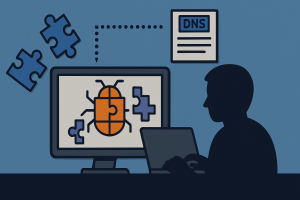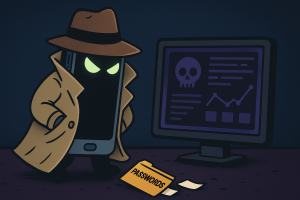 Why Shadow AI Slips Past Security
Why Shadow AI Slips Past Security
Shadow AI is already inside. The tools sit in browsers and sidebars. Employees paste snippets of code, customer notes, even legal language into chatbots that were never vetted. The answers look helpful. The risk hides in the copy and paste. Data leaves the building without a ticket. Logs do not show it. Policies never saw it. By the time a leak becomes visible, the trail is cold.
IT leaders keep asking the same question. How do you govern what you cannot see? You start by naming it. Shadow AI covers any AI use that bypasses purchase, security review, or monitoring. That includes SaaS chat tools, browser extensions, model endpoints wired into internal scripts, and clever “personal assistants” someone installed on a work laptop. Each of those entry points can move sensitive information to third parties. Some keep prompts. Others store outputs. Many train on uploaded files. You cannot make a clean audit if you do not control any of that. [Read more…]
 Why Shadow AI Slips Past Security
Why Shadow AI Slips Past Security A startup called Farnsworth & Co. has found a niche in the dark overlap between surveillance, malware, and civil litigation. Their product? Personal data stolen from infected computers—now available for purchase by debt collectors, divorce lawyers, and anyone with a grudge and a budget.
A startup called Farnsworth & Co. has found a niche in the dark overlap between surveillance, malware, and civil litigation. Their product? Personal data stolen from infected computers—now available for purchase by debt collectors, divorce lawyers, and anyone with a grudge and a budget. A new cybersecurity threat is emerging as attackers use DNS records—the very system that directs internet traffic—to hide malware. Instead of relying on email attachments or suspicious downloads,
A new cybersecurity threat is emerging as attackers use DNS records—the very system that directs internet traffic—to hide malware. Instead of relying on email attachments or suspicious downloads,  You click a link. It takes you to a site that looks exactly right. The logo matches, the name checks out, and everything feels familiar. But something’s off. And before you realize what it is, you’ve handed over your login, your credit card, or worse, your network credentials. The trick wasn’t in the layout or the content. It was in the letters.
You click a link. It takes you to a site that looks exactly right. The logo matches, the name checks out, and everything feels familiar. But something’s off. And before you realize what it is, you’ve handed over your login, your credit card, or worse, your network credentials. The trick wasn’t in the layout or the content. It was in the letters. A surveillance app marketed as a stealthy tool for parents has exposed sensitive data from over 62,000 users, raising fresh concerns about the real audience for apps like it.
A surveillance app marketed as a stealthy tool for parents has exposed sensitive data from over 62,000 users, raising fresh concerns about the real audience for apps like it.